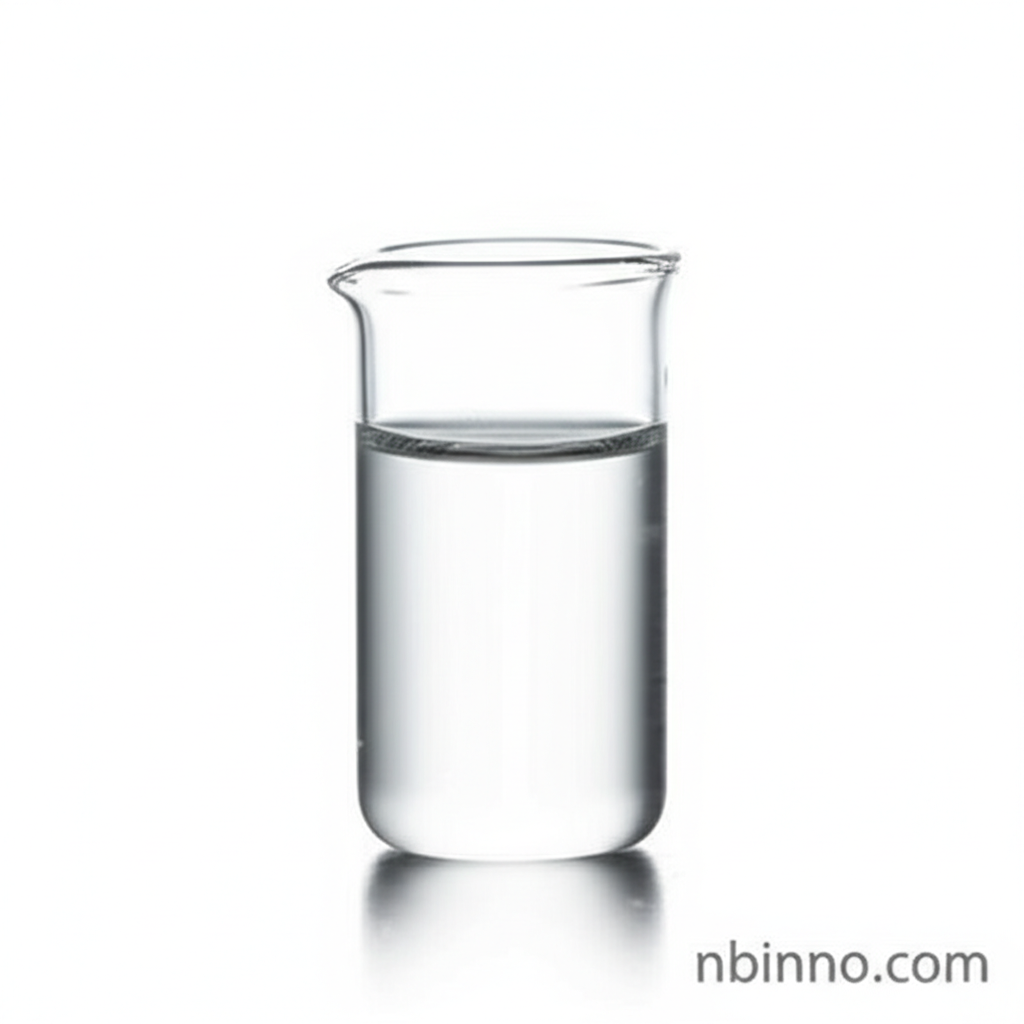Unlock Pharmaceutical Excellence with PEG 300
Discover the versatile applications of Pharmaceutical Grade Polyethylene Glycol 300 as your essential excipient.
Get a Quote & SampleProduct Core Value

Polyethylene Glycol 300
Pharmaceutical Grade Polyethylene Glycol 300 (PEG 300) is a high-purity polyether compound, vital for creating stable and effective pharmaceutical formulations. Its exceptional properties as a solvent, humectant, and emulsifier make it indispensable for ointments, lotions, suppositories, and various drug delivery systems, ensuring optimal performance and patient safety.
- Leverage PEG 300 for emulsions, ensuring stable and effective product formulations.
- Explore the benefits of water-soluble polymers like PEG 300 for advanced drug delivery systems.
- Utilize this pharmaceutical grade polyethylene glycol 300 as a key excipient in oral, topical, and parenteral dosage forms.
- Benefit from the low toxicity and biocompatibility of cosmetic grade polyethylene glycol in a wide array of applications.
Key Advantages
Enhanced Solvency
PEG 300 acts as a potent solvent, aiding in the dissolution of active pharmaceutical ingredients, which is critical for the efficacy of many drug delivery systems.
Superior Humectancy
As a humectant, PEG 300 effectively retains moisture, making it ideal for topical formulations like creams and lotions, ensuring skin hydration.
Formulation Stability
Its role as an emulsifier and stabilizer is crucial for maintaining the integrity and shelf-life of various cosmetic and pharmaceutical products.
Key Applications
Pharmaceuticals
Utilized as an excipient in oral, topical, and parenteral dosage forms, PEG 300 is integral to the development of advanced drug delivery systems.
Cosmetics & Personal Care
Its moisturizing and solubilizing properties make it a popular ingredient in skincare, haircare, and other personal care products.
Industrial Manufacturing
Functions as a solvent, plasticizer, and lubricant in various industrial processes, including the treatment of textiles and plastics.
Biochemistry
Employed as a crowding agent and precipitant in in vitro assays and protein crystallization, supporting scientific research.
